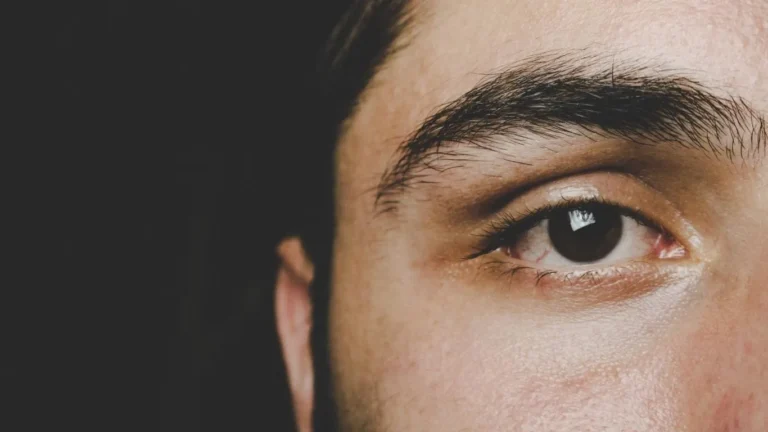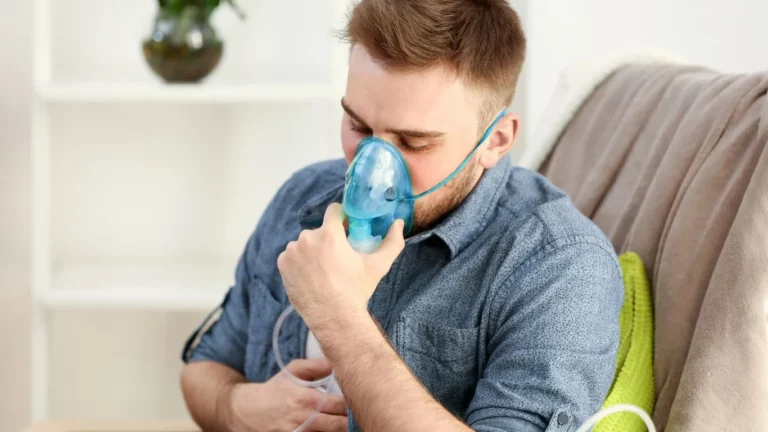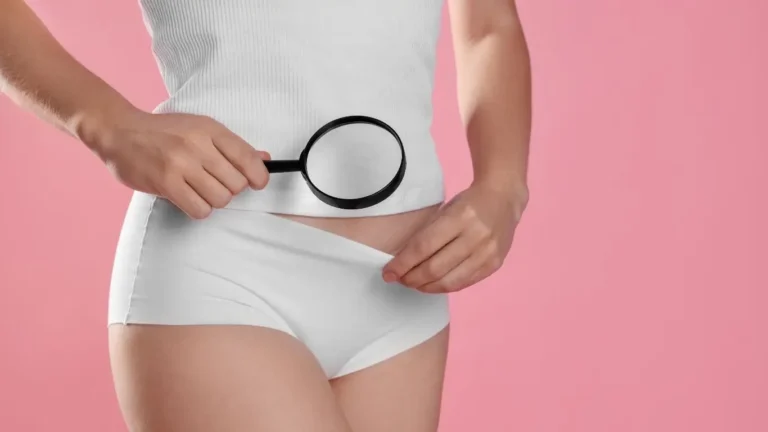Best Relaxation Techniques for Blood Pressure Relief That Actually Work
If you’ve ever felt like your blood pressure spikes the moment life throws even a tiny wrench into your day, you’re not alone. As someone who’s spent years managing hypertension in my internal medicine practice, I can confidently say that learning the best relaxation techniques for blood pressure relief can be a game-changer. And no, I’m not just talking about sitting in a quiet room and “thinking calm thoughts.” We’re diving deeper. This isn’t your typical cookie-cutter advice — it’s the stuff I share with my patients when they’re sitting in my office looking for *real*, sustainable ways to feel better without immediately reaching for a higher med dose.
Understanding the Mind-Body Connection in Hypertension
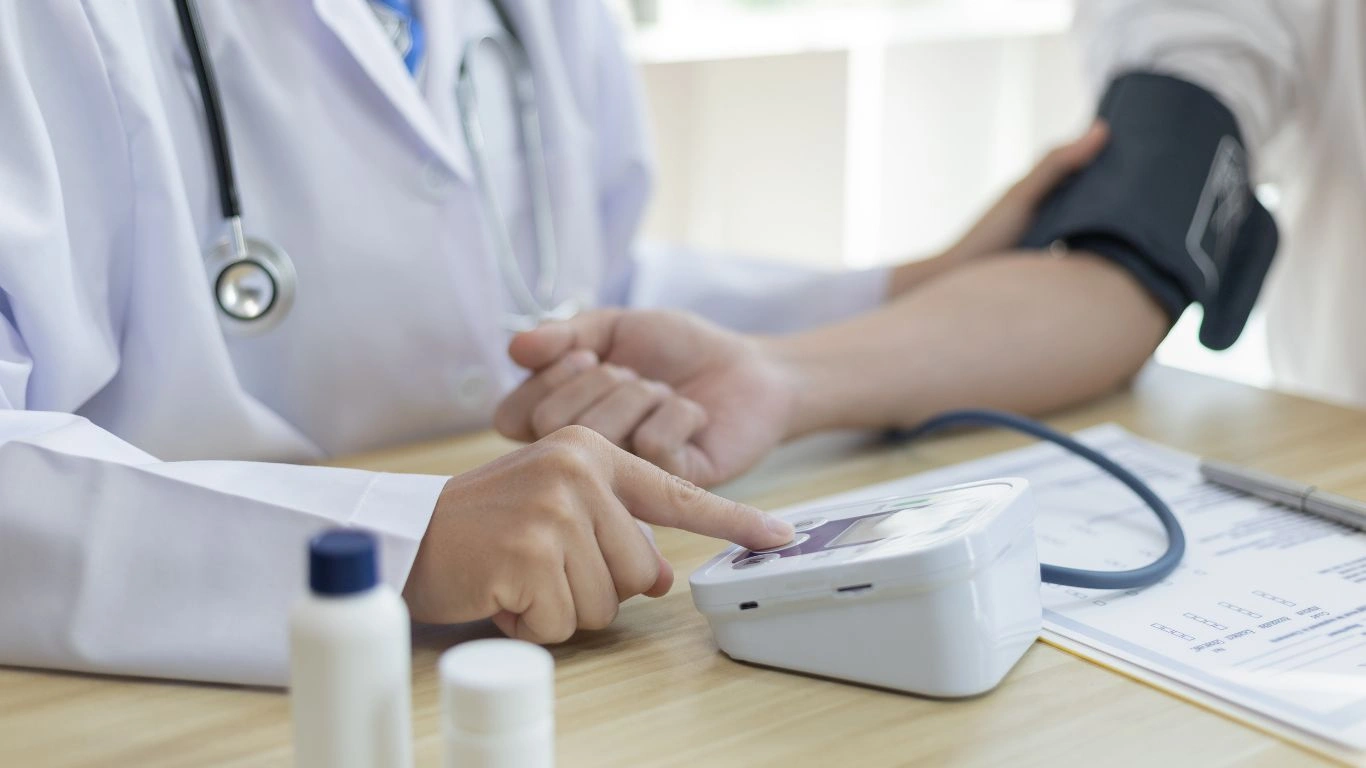
Let’s break this down. Blood pressure doesn’t just rise because of what you eat or how often you exercise. It’s deeply connected to your emotional and mental state — think of it as your body’s alarm system. Stress? Boom, pressure climbs. Anxiety? It spikes again. That’s why integrating relaxation into your daily life is more than just a “nice to have.” It’s absolutely essential for anyone trying to get those numbers down in a healthy, long-term way.
I’ve had patients who’ve done everything right on paper — diet, meds, regular checkups — but their blood pressure stayed stubbornly high. Once we added in targeted stress-relief strategies, suddenly things started shifting. Coincidence? Not likely.
Why Typical Advice Doesn’t Always Work

We’ve all heard the generic advice: “Just relax!” But if you’ve ever been in the middle of a stressful situation and someone told you that, you know how unhelpful it can feel. Relaxation isn’t about shutting your feelings off — it’s about having tools ready to help you process and discharge that tension in a healthy way. That’s where the magic lies.
Here’s where it gets personal. I used to work in a fast-paced hospital where stress was part of the job description. I started noticing that even on days when I didn’t eat poorly or miss my workouts, I felt physically tense — and my own blood pressure started creeping up. That’s when I really began exploring the science-backed techniques I now use with my patients — and myself.
Best Relaxation Techniques for Blood Pressure Relief

1. Deep Diaphragmatic Breathing (Seriously, It Works)
I know it sounds too simple to be effective, but hear me out. Deep breathing activates the parasympathetic nervous system — that’s the part of your nervous system that tells your body “Hey, we’re safe. You can chill now.” A few minutes of focused deep breathing can lower systolic blood pressure significantly, especially when done consistently.
Try this:
- Inhale deeply through your nose for 4 seconds.
- Hold for 4 seconds.
- Exhale slowly through your mouth for 6 seconds.
- Repeat for 5–10 minutes.
Bonus tip: Do this before bed or during stressful moments at work. You’ll be surprised how quickly it helps you reset.
2. Guided Imagery and Visualization
This one’s all about giving your brain a mini vacation. Guided imagery is a technique where you mentally transport yourself to a peaceful environment — the beach, the forest, your grandma’s kitchen, wherever you feel safe and calm. I sometimes play a beach soundscape in the background while visualizing waves and warm sand underfoot. It’s low-effort, but powerful.
- Close your eyes and picture a calming place in detail — sights, sounds, smells.
- Let yourself “stay” there mentally for at least 5 minutes.
- This trains your brain to switch out of “fight or flight” and into rest mode.
Patients of mine who practice this regularly often report better sleep and lower blood pressure readings — and they usually feel more emotionally balanced too.
3. Progressive Muscle Relaxation (PMR)
If you tend to carry your stress in your body — jaw clenching, shoulder tension, back stiffness — this technique is for you. PMR involves tensing and relaxing different muscle groups to release stored tension.
- Start at your feet, clench tightly for a few seconds, then release.
- Move up to your calves, thighs, abs, and so on, up to your face.
- Focus on the contrast between tension and relaxation.
What’s great is that PMR doesn’t just relax the body — it cues your nervous system to wind down. I often recommend it before sleep or after a stressful commute. And yes, I’ve done this in my office in between patient visits. No shame!
4. Nature Therapy (aka “Just Go Outside”)
This isn’t just crunchy granola advice. There’s solid evidence that spending time in natural environments reduces cortisol levels, heart rate, and blood pressure. Even a short walk through a park or sitting near greenery can create measurable physiological benefits.
- Try to get at least 20 minutes outdoors daily.
- Leave your phone behind — no doomscrolling allowed.
- Focus on what you see, hear, and feel.
I recommend my patients treat nature time like medication — it’s part of the daily routine. One woman told me her “prescribed” walks in her garden lowered her blood pressure more than her second-line meds ever did. That’s the power of intentional stillness and environment.
Movement-Based Relaxation: Get the Body Involved
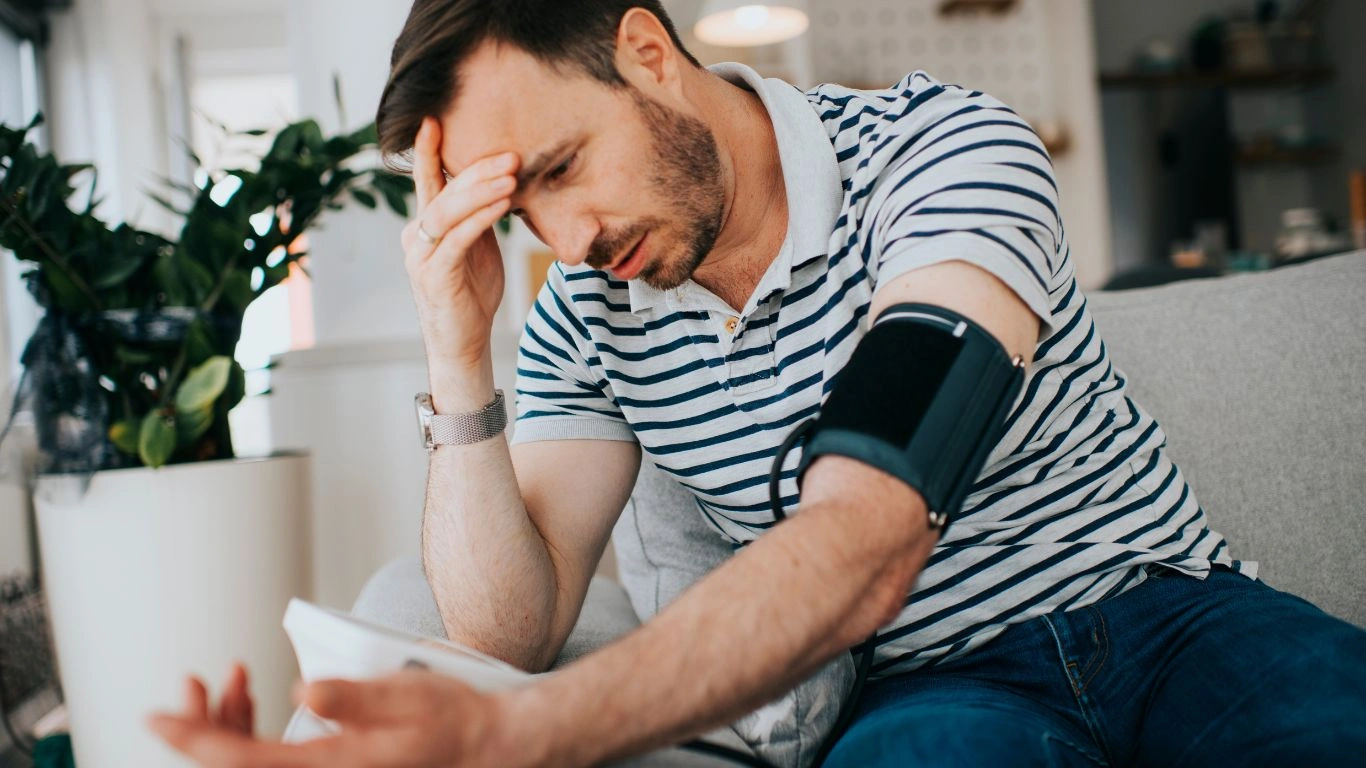
Alright, let’s talk movement — not in the “burn 600 calories in a bootcamp” kind of way, but gentle, purposeful movement that encourages your body to relax and reset. I often remind my patients that physical activity isn’t just about cardiovascular health or weight loss — it’s a core part of the best relaxation techniques for blood pressure relief.
And before you picture a sweaty gym or an intimidating yoga class, let me reassure you: this is about low-impact, restorative movement that soothes your nervous system instead of overstimulating it.
1. Gentle Yoga & Stretching
One of my long-time patients once told me she thought yoga was only for “flexible Instagram influencers.” Fast-forward a few weeks after trying a beginner’s class focused on deep breathing and gentle stretching, and she was completely hooked. Why? Because she felt calm for the first time in months. Her words, not mine.
- Focus on slow, flowing movements and deep breaths.
- Even 10–15 minutes a day can lower tension and reduce BP spikes.
- Look for styles like Yin, Hatha, or Restorative yoga.
Bonus tip: Add soft music and dim lighting for an at-home yoga vibe. No fancy gear needed — a towel and a quiet space will do.
2. Tai Chi & Qigong
These ancient practices are often underestimated — until people try them. They’re essentially moving meditations that blend breath, focus, and flow. I’ve had multiple older patients tell me that these practices not only help their blood pressure, but also reduce joint pain, anxiety, and even insomnia.
One patient — mid-60s, former marathon runner, turned to Tai Chi after knee surgery — told me he was skeptical at first. Three months in, he reported a 10-point drop in systolic BP and a lot less stress in his daily life. Can’t argue with those results.
Mindset Shifts That Actually Help Lower Blood Pressure
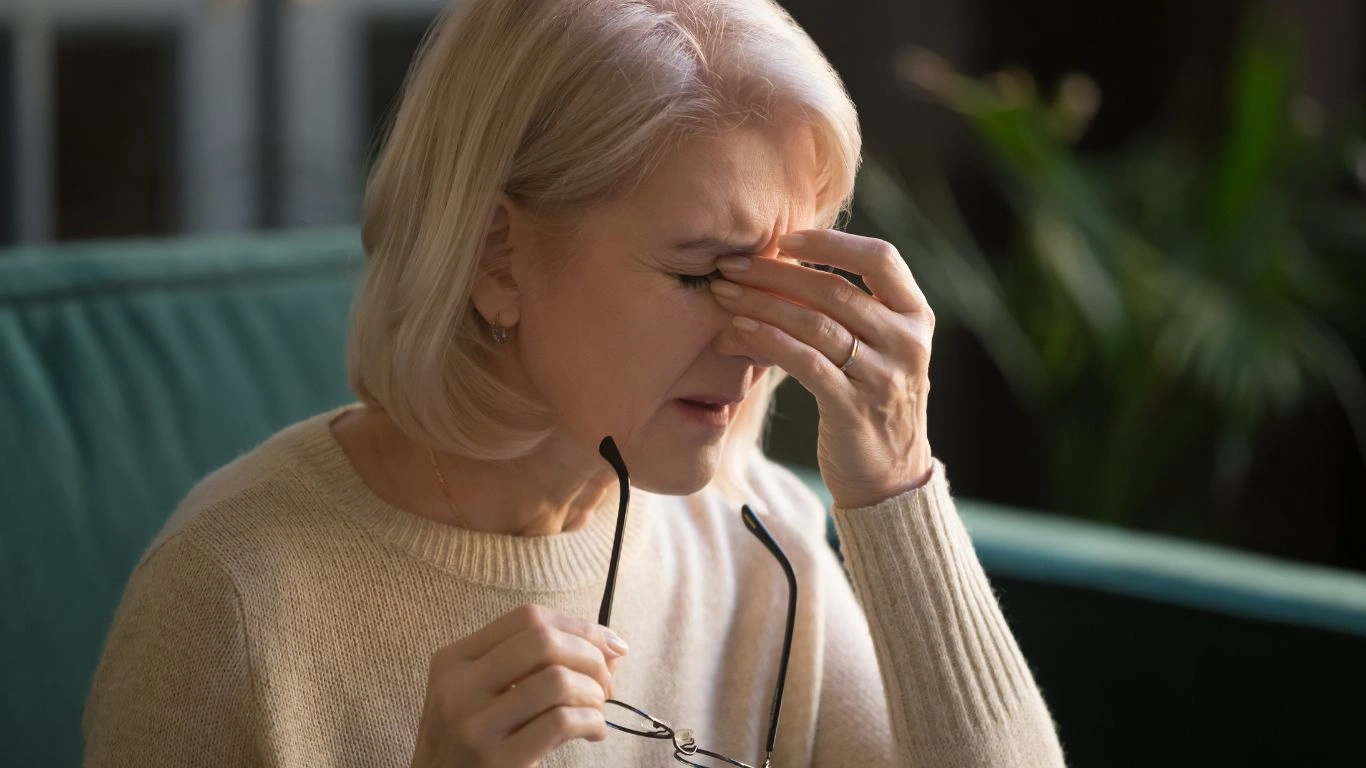
Let’s get real — no amount of breathing or yoga is going to fully offset the stress if your internal dialogue is running wild with negativity, worry, or self-pressure. Mindset is often the missing piece in hypertension management. The brain plays a powerful role in your blood pressure story.
1. Practicing Mindfulness Without the Pressure
Mindfulness doesn’t mean you need to sit cross-legged and chant “om.” It’s more about paying attention, moment by moment, without judging what’s happening. Sounds easy, right? It’s not always — especially when life gets chaotic — but it is incredibly effective.
Start with:
- 5 minutes of quiet observation — your breath, surroundings, or even your morning coffee.
- Label your thoughts gently. “Worried thought,” “planning thought,” “annoyed thought.” Then let them pass.
- Don’t force relaxation. Just observe. Ironically, this approach helps your body naturally calm down.
I often do this in the car before walking into the clinic — it helps me reset and show up more grounded for each patient.
2. Letting Go of Perfectionism
I can’t tell you how many patients I’ve seen who are trying so hard to do everything “right” — perfect diet, perfect exercise routine, perfect pill schedule. But that perfectionism can be a hidden source of chronic stress. I’ve seen blood pressures improve when people allow themselves some grace.
Here’s a truth I always share: progress is more powerful than perfection. Lowering stress means letting yourself off the hook sometimes. Did you skip your walk today? Ate some salty takeout? It’s okay. Don’t spiral. Pick it up again tomorrow. That mindset shift alone can lower the constant background pressure — both emotionally and literally.
Digital Detoxing: Turning Down the Noise

This one’s tricky — especially if you’re like most of us and your phone is practically an extension of your hand. But here’s the deal: constant notifications, news alerts, texts, emails… they all keep your nervous system in a state of low-grade stress. That fight-or-flight dial is turned just high enough to keep your blood pressure simmering.
1. Create Screen-Free Zones
- No phones in the bedroom — seriously, charge it in another room.
- Designate mealtimes as “no-screen” times to be more present.
- Try an hour of no scrolling before bed. Your brain and heart will thank you.
I’ve had patients cut 10–15 points off their blood pressure just by improving their sleep — and guess what was sabotaging their sleep? Endless doomscrolling. A digital detox isn’t about punishment — it’s about space for your brain to breathe.
2. Curate Your Feeds
Unfollow stress-inducing accounts. Follow pages that make you smile, teach you something, or offer calm energy. The content you consume has a direct pipeline to your nervous system. Choose wisely.
And remember — social media is a highlight reel, not real life. Comparing yourself to filtered perfection isn’t just unrealistic, it’s unhealthy. Give your nervous system the kindness of content that uplifts instead of agitates.
The Role of Routine: Consistency Over Complexity
All these techniques are only helpful if they become part of your lifestyle. I always tell patients: don’t aim to do everything at once. Instead, pick two or three techniques that resonate with you and build them into your daily rhythm.
- Start small — 5 minutes of breathing, a short walk, a bedtime stretch.
- Stack habits — do deep breathing after brushing your teeth, or stretch while your coffee brews.
- Track how you feel. Keep a journal or use a simple BP log to connect the dots.
As a physician, I know how powerful these strategies are — not just in clinical trials, but in real life. I’ve seen patients reclaim calm, sleep better, and feel more in control of their health. And as someone who’s lived through stressful work seasons myself, I know how vital it is to protect our peace like we protect our physical health.
Nutrition Meets Relaxation: Calming Foods That Support Blood Pressure

Now that we’ve unpacked movement, mindset, and even screen time, there’s one more angle I can’t leave out — food. Yep, your plate can play a direct role in stress management and blood pressure relief. And I’m not talking about a strict or joyless diet. This is about nourishment, not punishment. In fact, several foods act almost like natural relaxants — supporting your nervous system and your cardiovascular health in the process.
I always tell my patients: if you’re aiming to discover the best relaxation techniques for blood pressure relief, your nutrition should absolutely be part of that toolkit. Think of it like feeding your body’s ability to relax and restore.
1. Magnesium-Rich Foods = Nature’s Chill Pill
Magnesium plays a major role in calming the nervous system. I’ve seen patients who were unknowingly deficient experience muscle tension, insomnia, irritability — all of which can sneakily elevate blood pressure. Add in stress, and you’ve got the perfect recipe for a spike.
Foods to reach for:
- Leafy greens (spinach, Swiss chard, kale)
- Pumpkin seeds, sunflower seeds
- Avocados and bananas
- Dark chocolate (yes, in moderation!)
I often suggest patients incorporate these into their snacks or evening meals. Something as simple as a spinach-and-avocado salad with a sprinkle of sunflower seeds? Delicious and therapeutic.
2. Herbal Teas That Soothe the System
This one’s personal. After a long shift, nothing brings me down to earth like a warm cup of chamomile tea. It’s not just a cozy ritual — compounds in herbal teas can actually help reduce anxiety, improve sleep, and ease nervous tension.
Teas worth trying:
- Chamomile — promotes relaxation and better sleep
- Lavender — calming aroma and anti-anxiety benefits
- Hibiscus — helps lower systolic blood pressure
- Lemon balm — great for mental clarity and calming nerves
Tip: Make it a mini ritual. Brew slowly, inhale deeply, sip mindfully. Let it be your pause button at the end of the day.
Sleep: The Most Underrated Blood Pressure Remedy
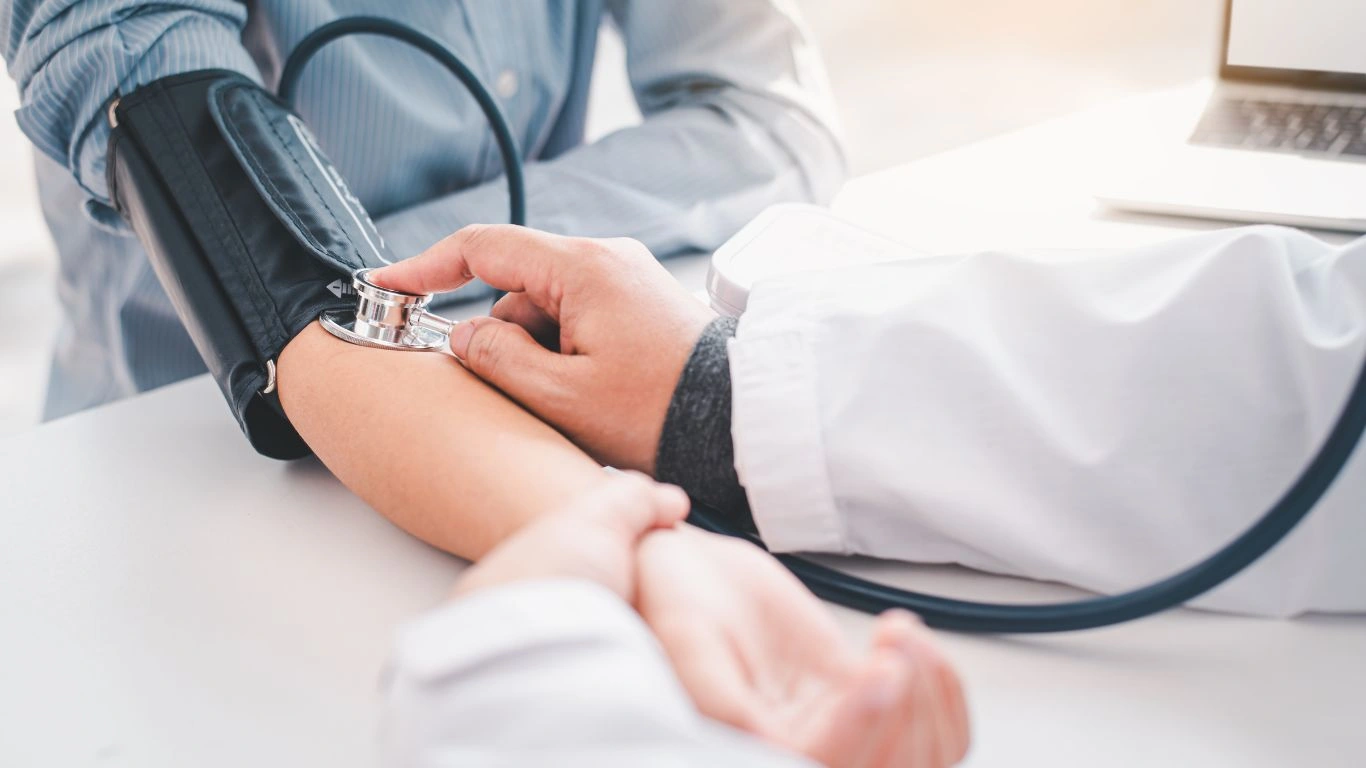
If there’s one thing I wish more people understood about hypertension, it’s how profoundly sleep impacts it. Poor sleep isn’t just tiring — it creates a full-body stress response. Cortisol rises, blood vessels constrict, inflammation increases. It’s a physiological snowball, and it’s often overlooked.
1. Establish a Wind-Down Routine
Your brain craves consistency. Having a regular pre-sleep routine tells your body it’s time to relax — like flipping a switch from alert to restful. I’ve encouraged many patients to set a bedtime alarm — not to wake up, but to start winding down.
- Turn off screens 60 minutes before bed.
- Dim the lights and lower the noise.
- Stretch, breathe, or journal to ease racing thoughts.
- Try a warm bath with Epsom salts (magnesium again!).
Consistency beats duration — even if you’re not getting eight full hours yet, creating a nightly rhythm helps regulate your nervous system long-term.
2. Optimize Your Sleep Environment
I’m a big believer in optimizing your bedroom for quality sleep. And it doesn’t need to be fancy. Small tweaks can go a long way:
- Keep the room cool and dark — ideal temp is around 65–68°F.
- Use blackout curtains or a sleep mask.
- Block distracting noise with a fan or white noise machine.
- Limit caffeine and alcohol, especially late in the day.
One patient of mine transformed his sleep by swapping his bright bedside lamp for a soft amber light and cutting screen time after 9 PM. A few weeks later, he reported fewer headaches and lower morning BP readings. Sometimes the simplest shifts have the biggest impact.
Making Relaxation a Long-Term Lifestyle
Here’s the part where I want to speak not just as a doctor, but as someone who’s walked through their own seasons of burnout and high stress: these techniques only work if they become yours. Not something you “try” for a week, but something you start weaving into your life. Bit by bit. With compassion, not pressure.
Don’t feel like you need to master every technique at once. Start where you are. Build slowly. I’ve seen massive transformations in patients who began with just five minutes of breathing or a 10-minute walk outside. The key is showing up — imperfectly, consistently.
Here’s a quick checklist to help you ease into a calmer rhythm:
- Pick 1 breathing or mindfulness technique to try daily.
- Schedule 2–3 short nature breaks each week.
- Add 1 calming food or tea into your evening routine.
- Adjust your sleep routine — even just 15 minutes earlier can help.
- Reassess your stress levels once a week. Journal about what’s working.
And please, give yourself credit. Every small shift is a win. Every deep breath is a gift to your body. Every time you choose rest over reactivity, you’re retraining your nervous system to stay grounded — and that translates directly into more stable blood pressure.
References
- American Heart Association
- National Center for Biotechnology Information
- Centers for Disease Control and Prevention
- Sleep Foundation
- Healthline
Disclaimer
This article is for informational purposes only and does not constitute medical advice. Always consult your healthcare provider before starting any new health or lifestyle regimen, especially if you have a medical condition or are taking prescribed medications.

Dr. Gwenna Aazee is a board-certified Internal Medicine Physician with a special focus on hypertension management, chronic disease prevention, and patient education. With years of experience in both clinical practice and medical writing, she’s passionate about turning evidence-based medicine into accessible, actionable advice. Through her work at Healthusias.com, Dr. Aazee empowers readers to take charge of their health with confidence and clarity. Off the clock, she enjoys deep dives into nutrition research, long walks with her rescue pup, and simplifying medical jargon one article at a time.



